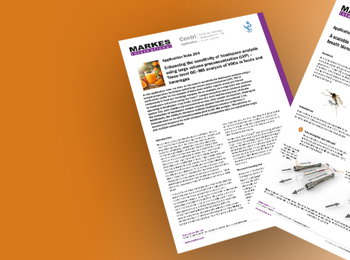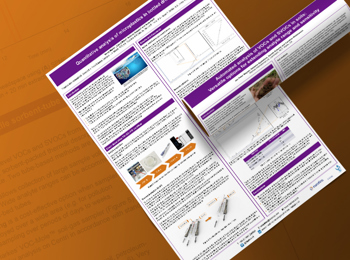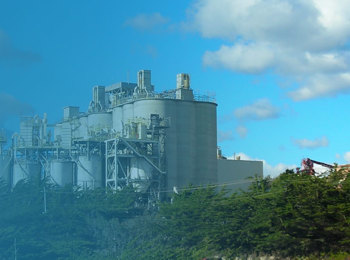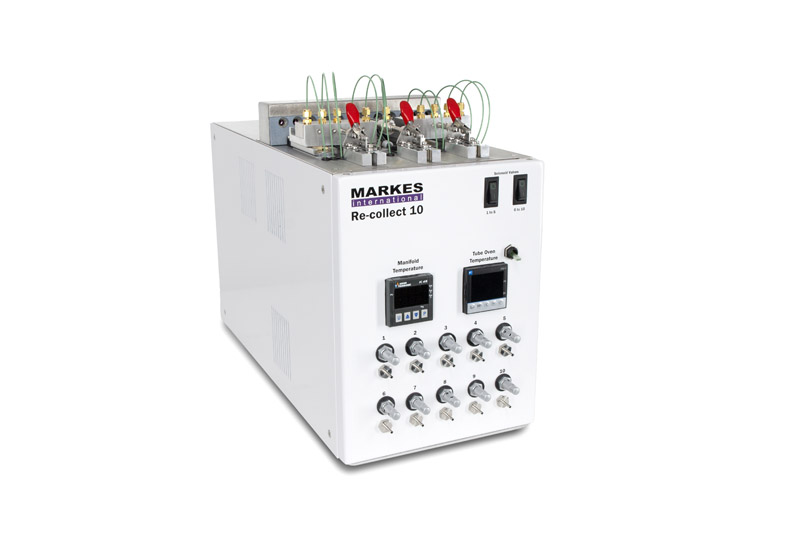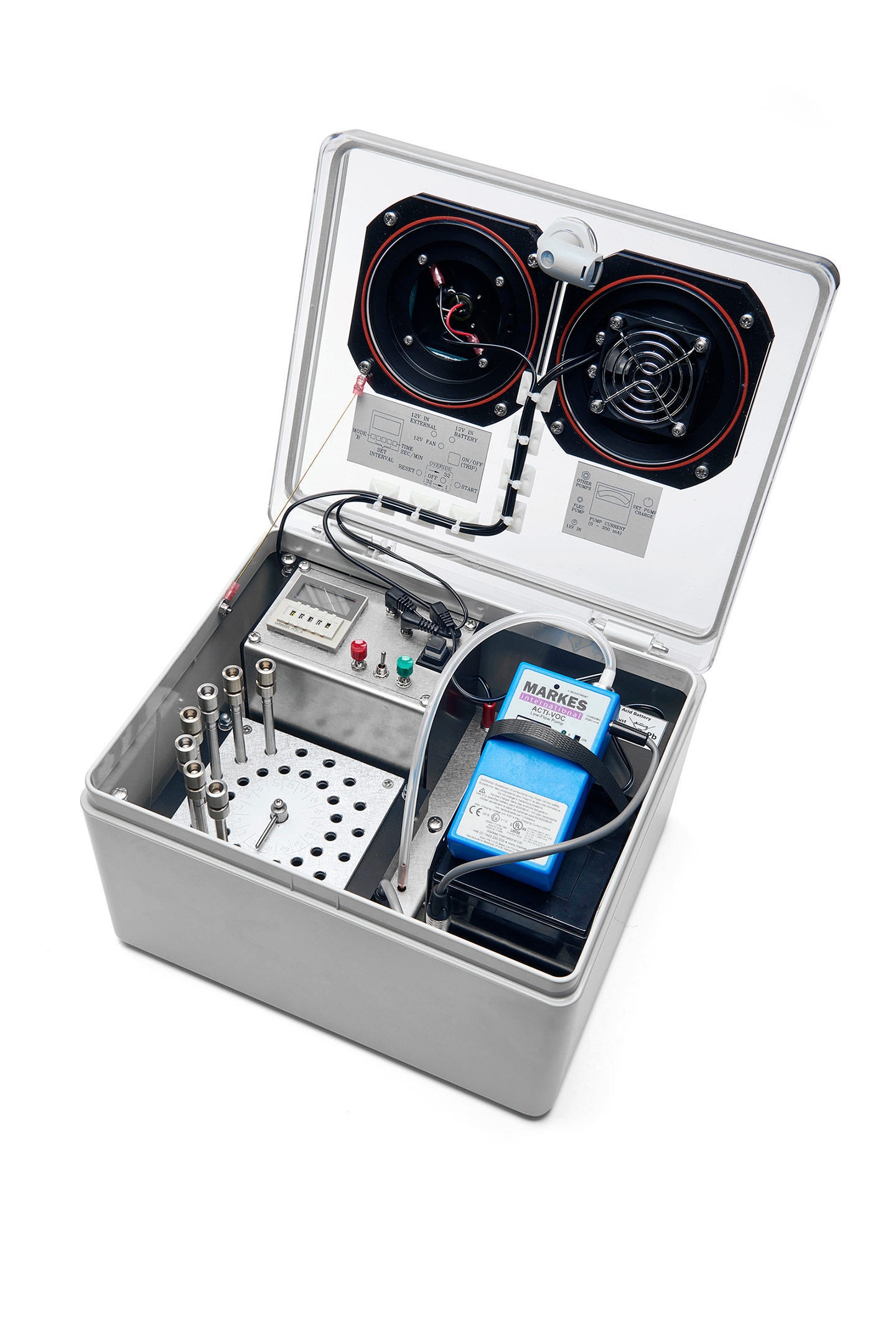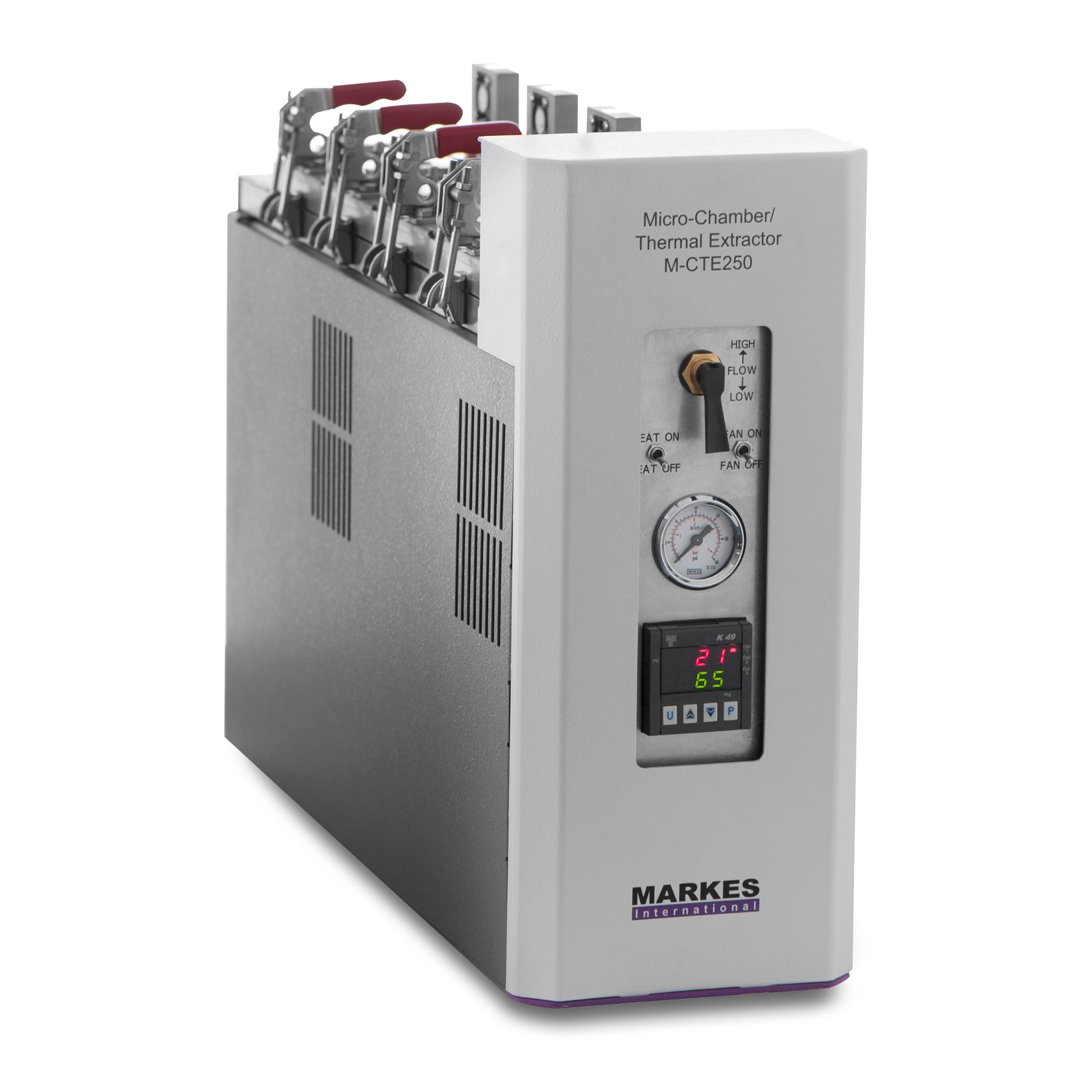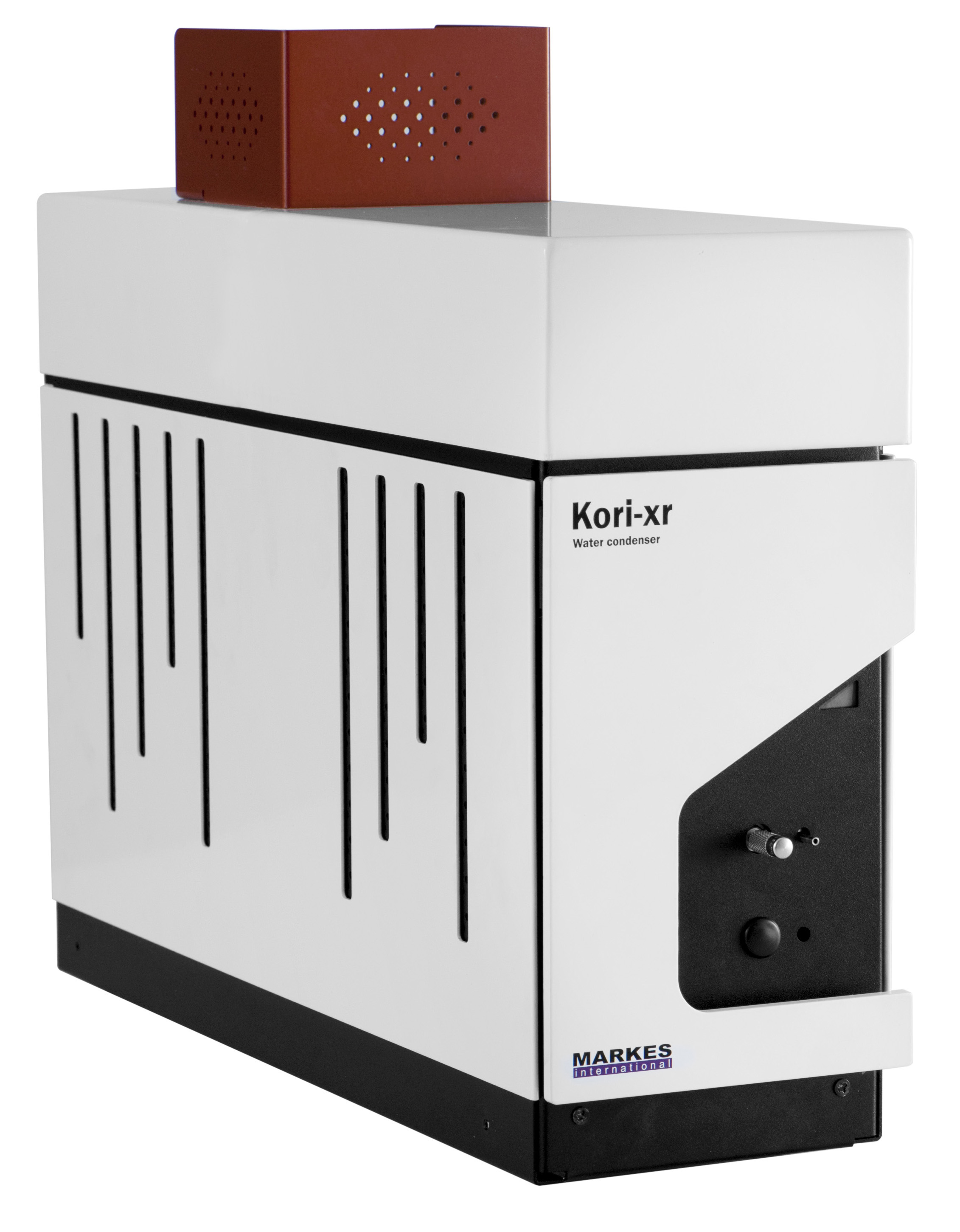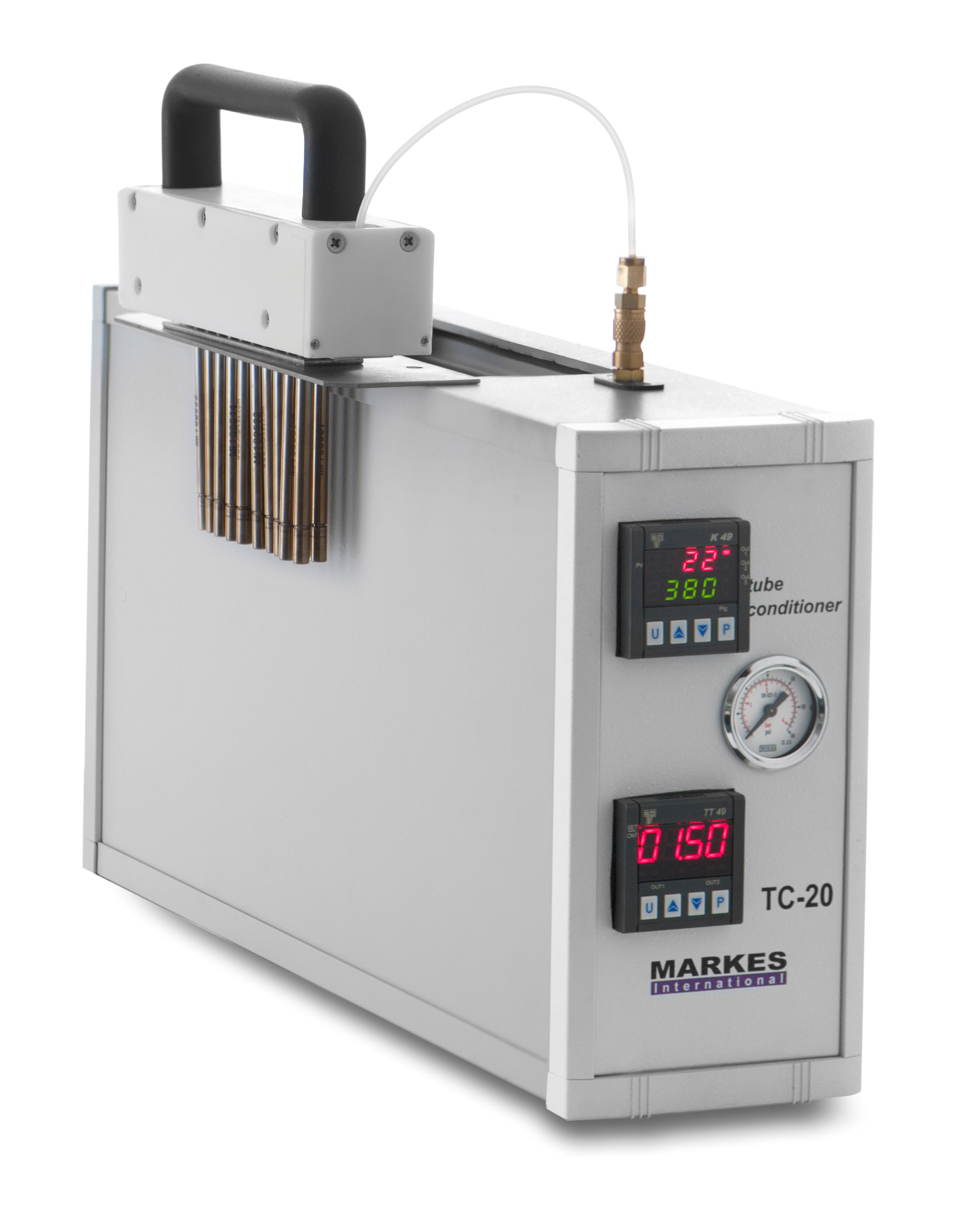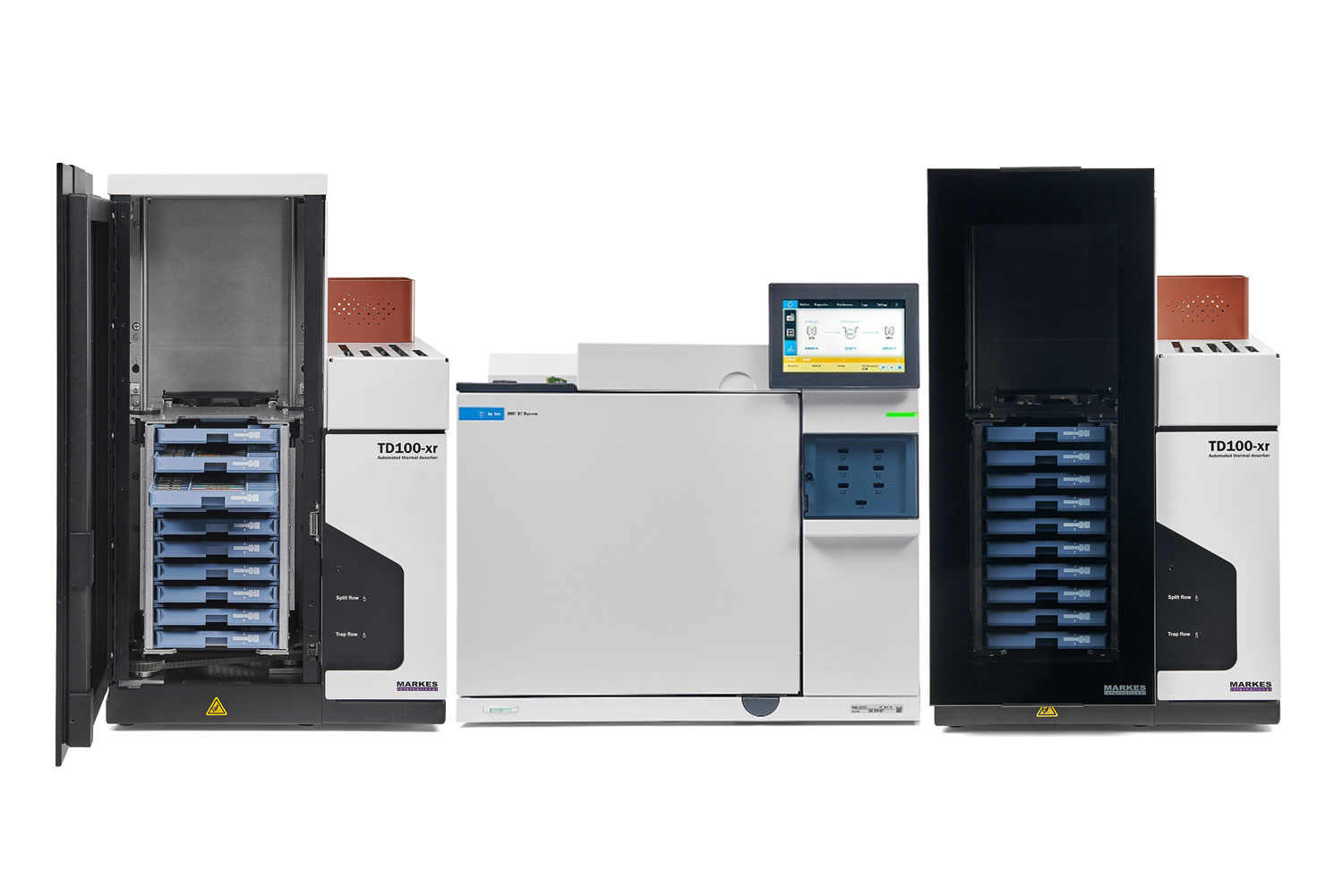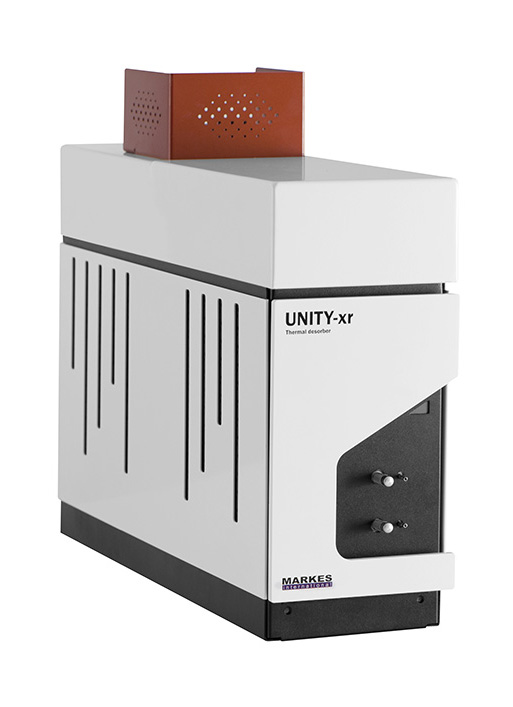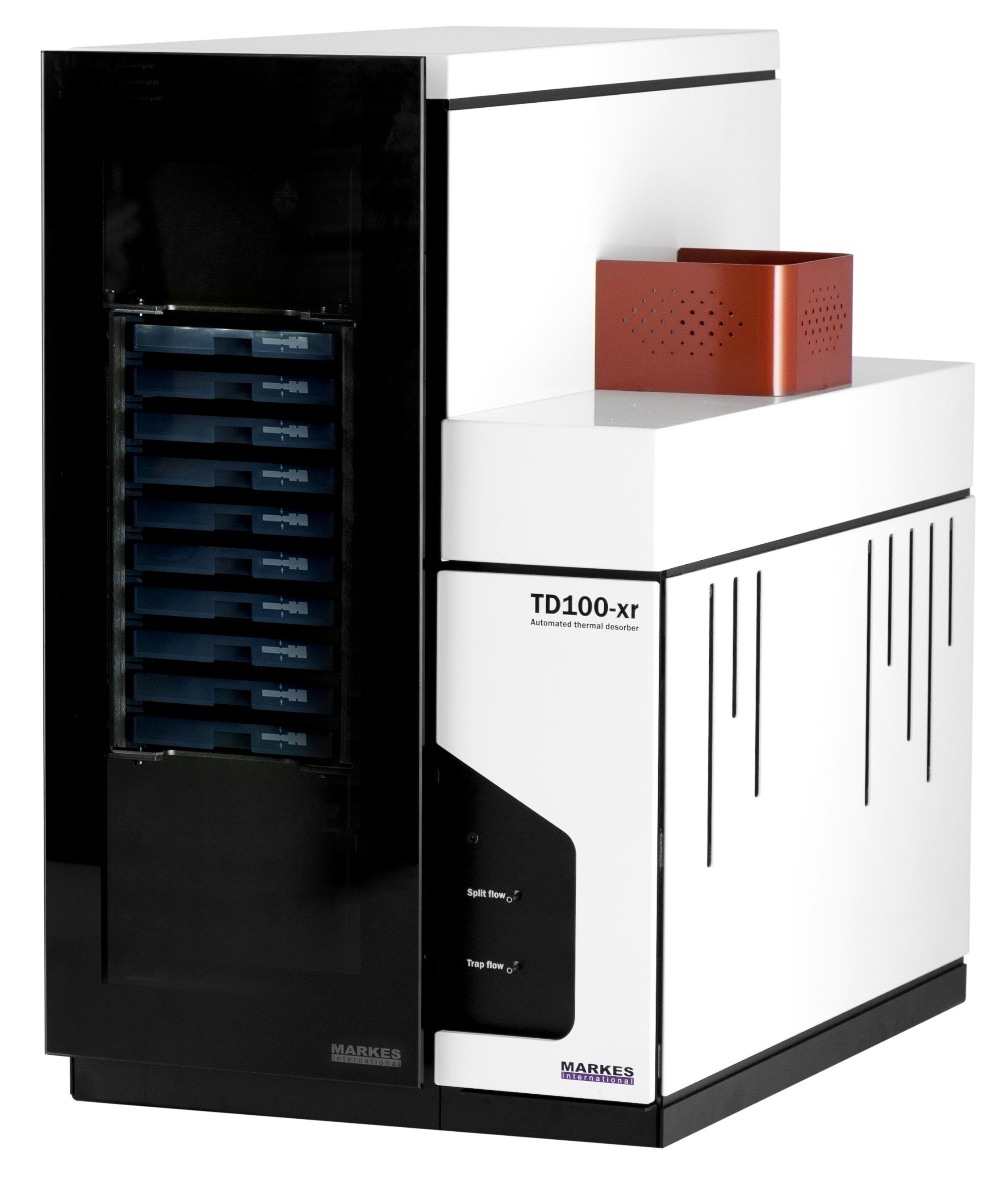Many of the compounds released from landfill sites can be toxic and/or odorous, and so need to be monitored regularly for negative impacts on local communities and the wider environment.
Legislative requirements for landfill sites
A wide variety of volatile organic compounds (VOCs) can be emitted from landfill sites, depending on both the materials they contain and the decomposition processes they undergo.
In the EU, the Landfill Directive states that all landfill sites (except those for ‘inert waste’) must be monitored at least annually for a number of priority pollutants, many of which are VOCs amenable to analysis by TD–GC. These include low-volatility hydrocarbons, chlorinated species and odorous sulfur compounds.
Also found in landfill gas are volatile siloxanes, which cause the problem of silica deposition when this ‘biogas’ is used for power generation.
Monitoring landfill gas using thermal desorption
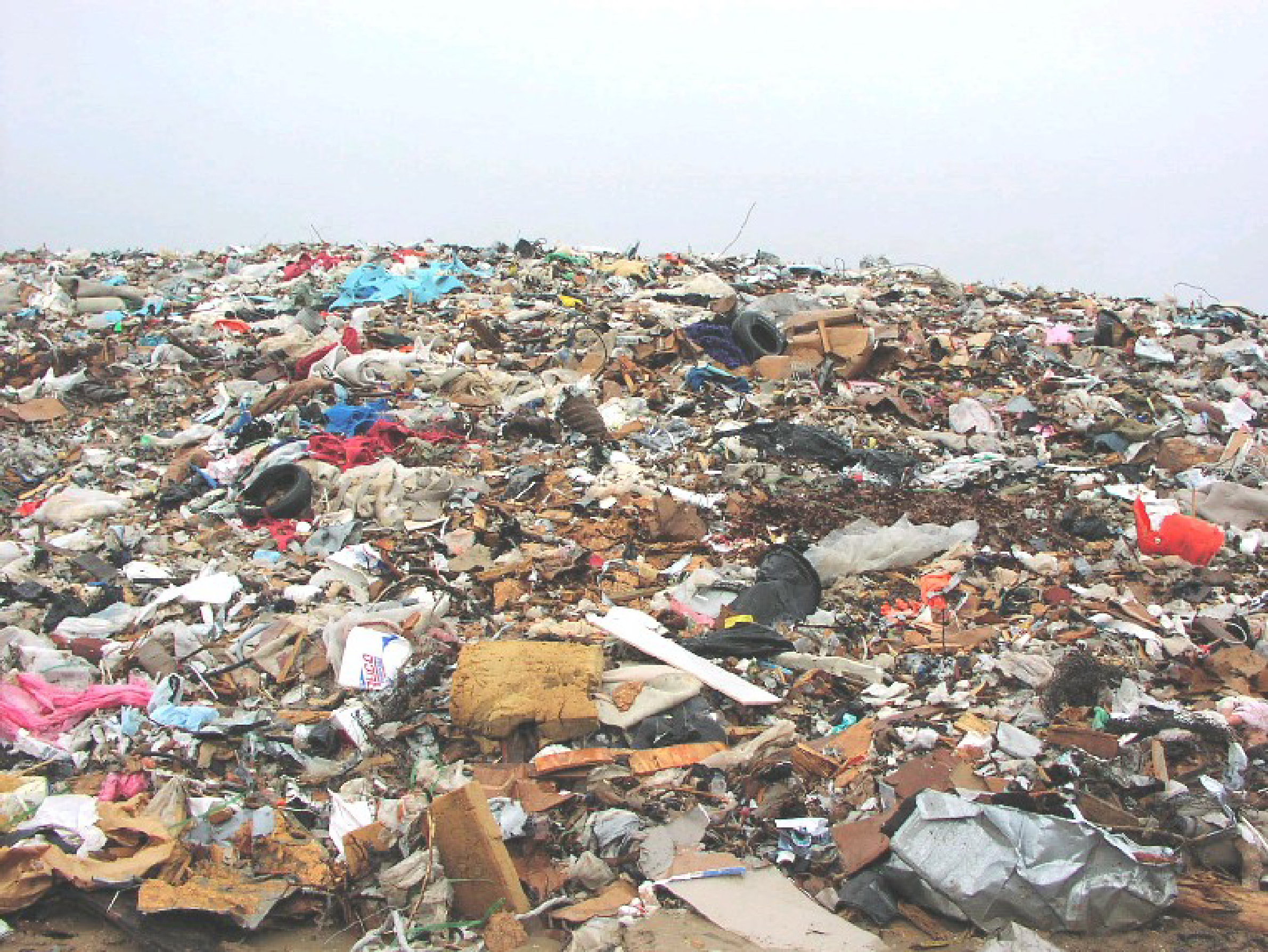
The UK protocol LFTGN 04, which aims to achieve compliance with the EU Landfill Directive, specifies pumped sampling onto a specified sorbent tube, followed by analysis with TD–GC–MS.
This approach is particularly well-suited to landfill gas monitoring because:
- The choice of sorbents allows collection of analytes over a wide volatility range.
- It avoids the decomposition of the more ‘labile’ analytes that are a feature of landfill gas streams.
- TD analysis allows the sample to be dry-purged before it enters the GC, minimising the amount of water injected.
Equipment from Markes International for landfill gas analysis
Sampling of landfill gas is easily carried out using Markes’ ACTI-VOC low-flow pump or Easy-VOC grab-sampler. In cases where emissions need to be sampled over a longer period, multiple-tube samplers such as the MTS-32 can be employed.
In both cases, analysis of the sampled tubes is performed on the UNITY-xr or TD100-xr thermal desorbers.

